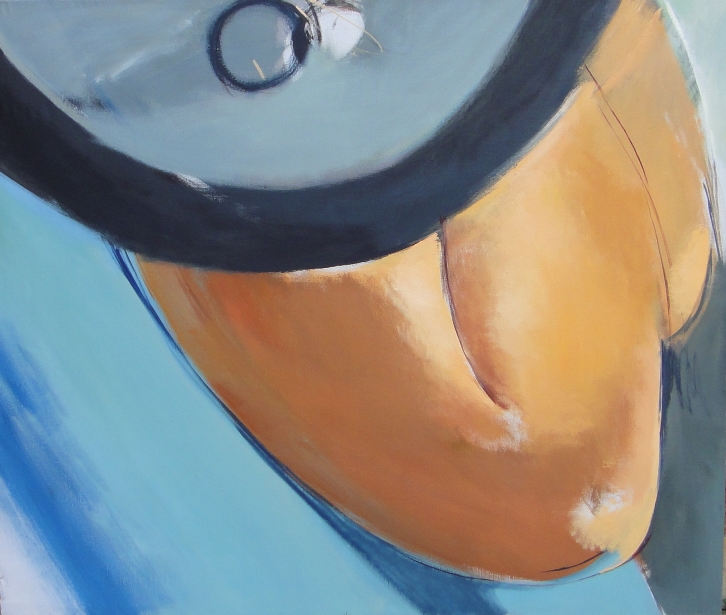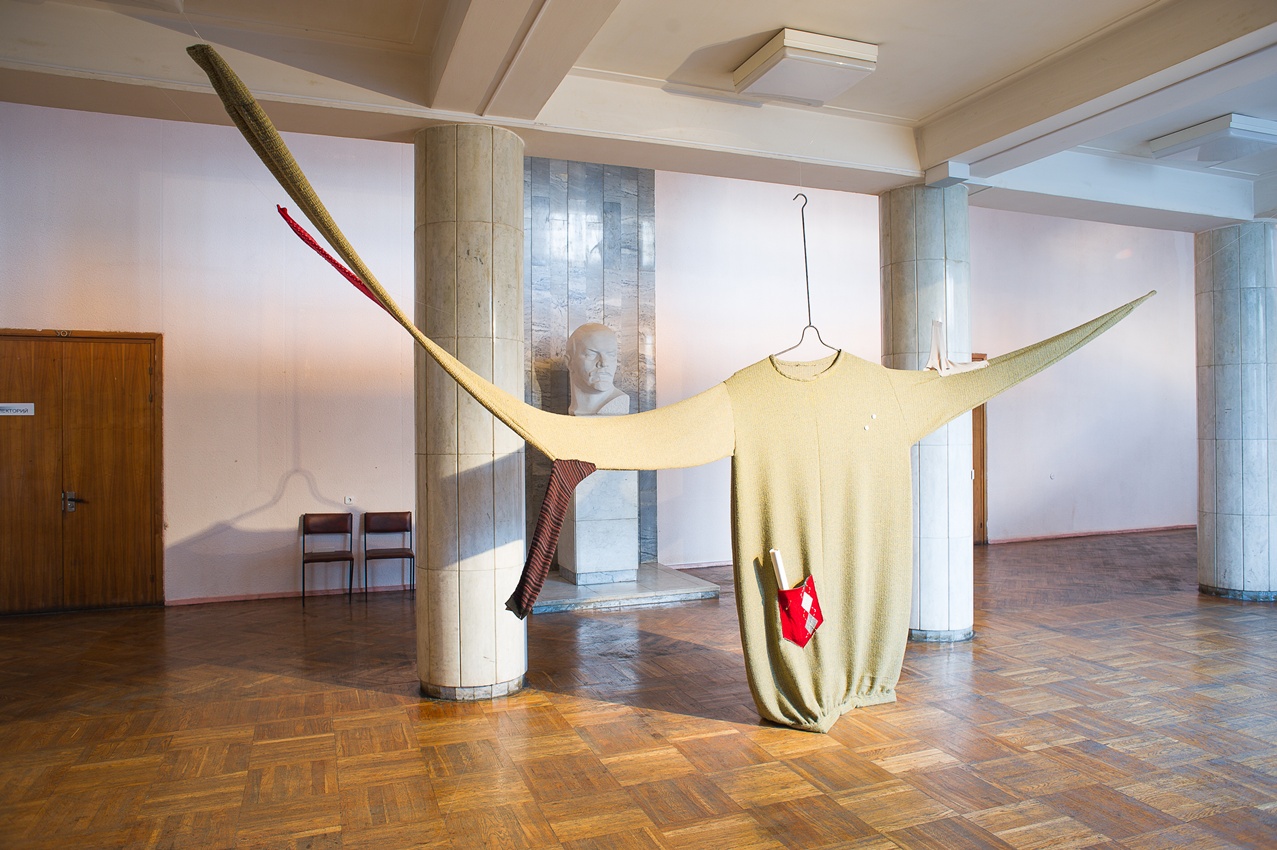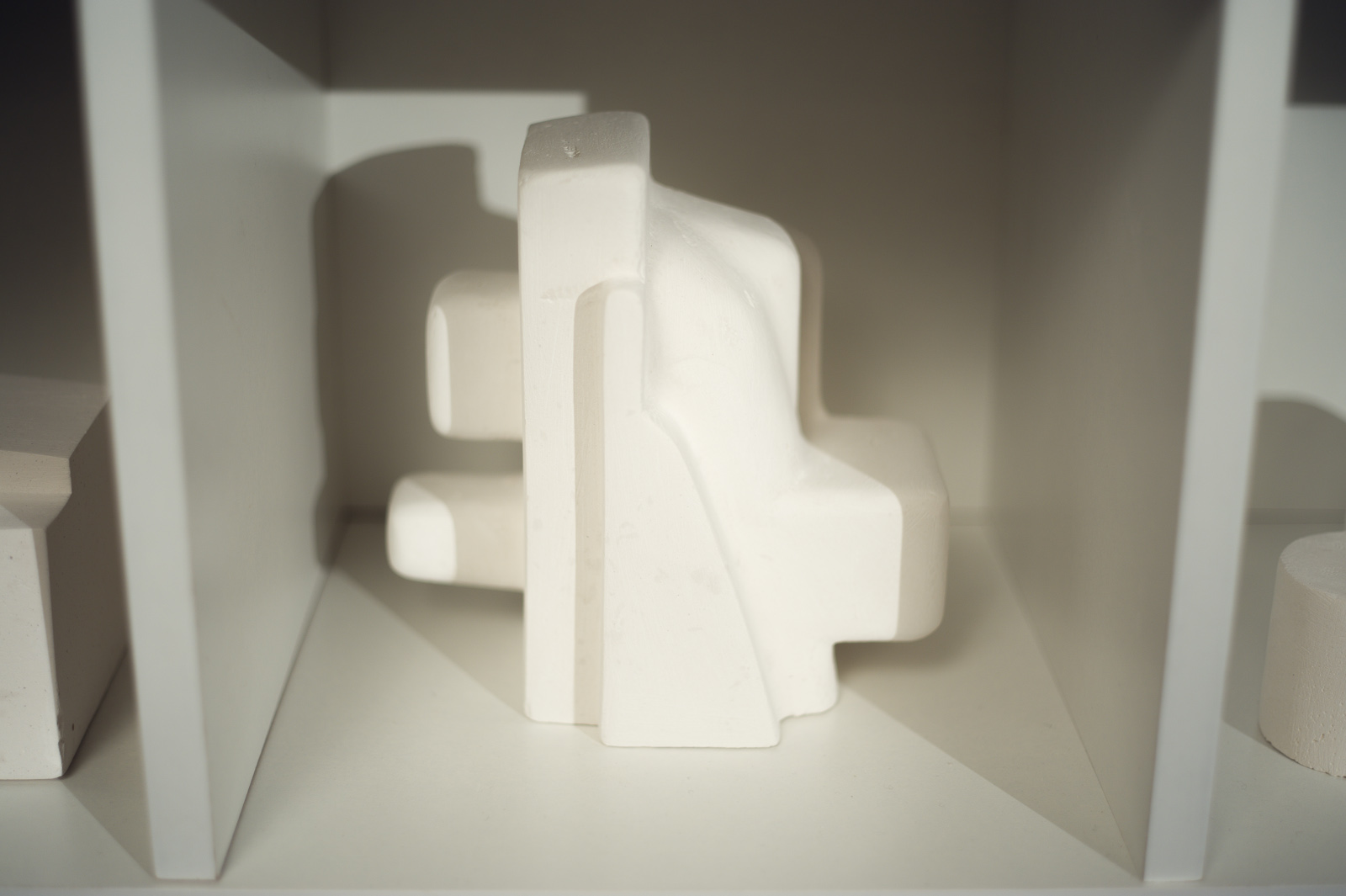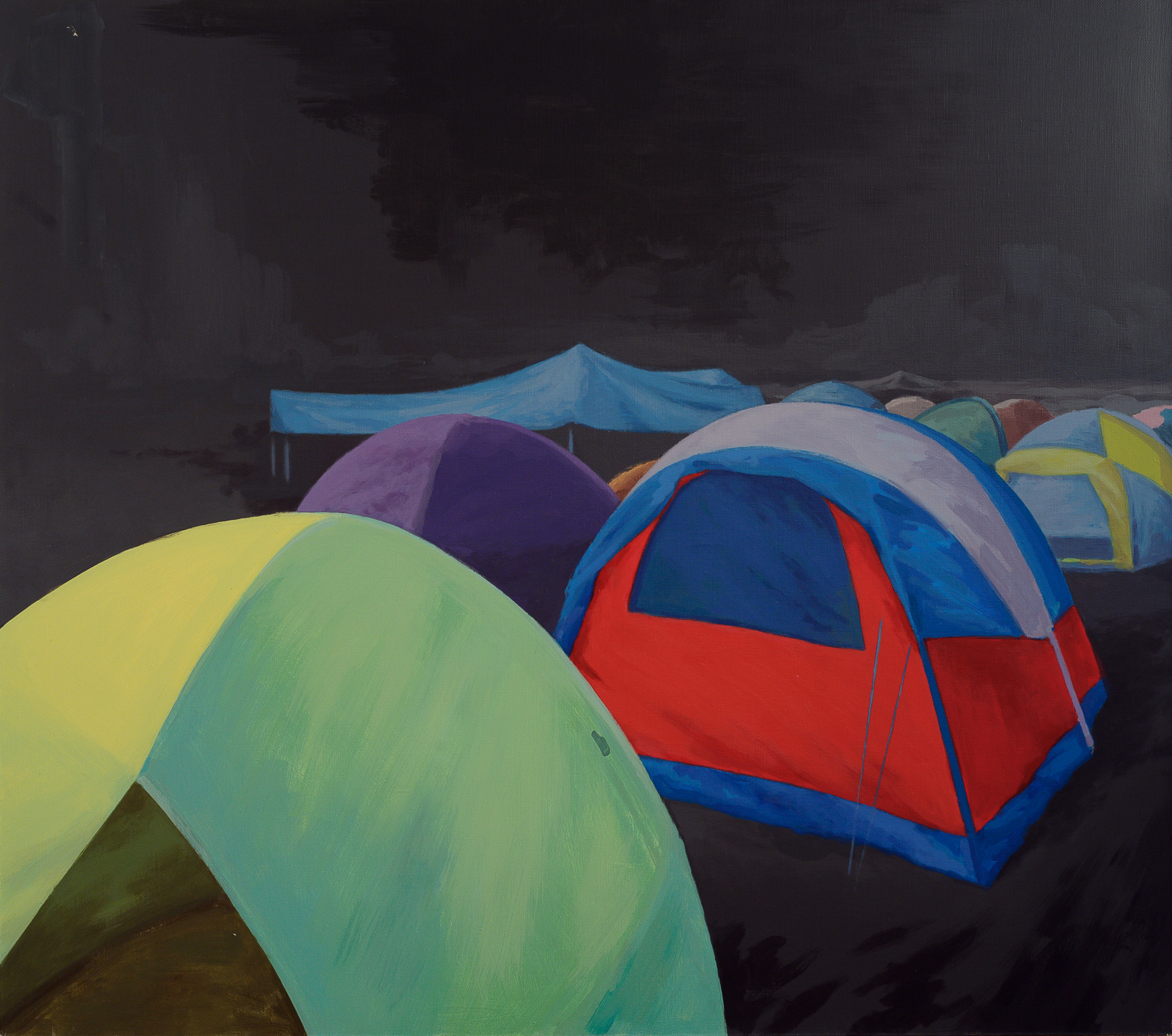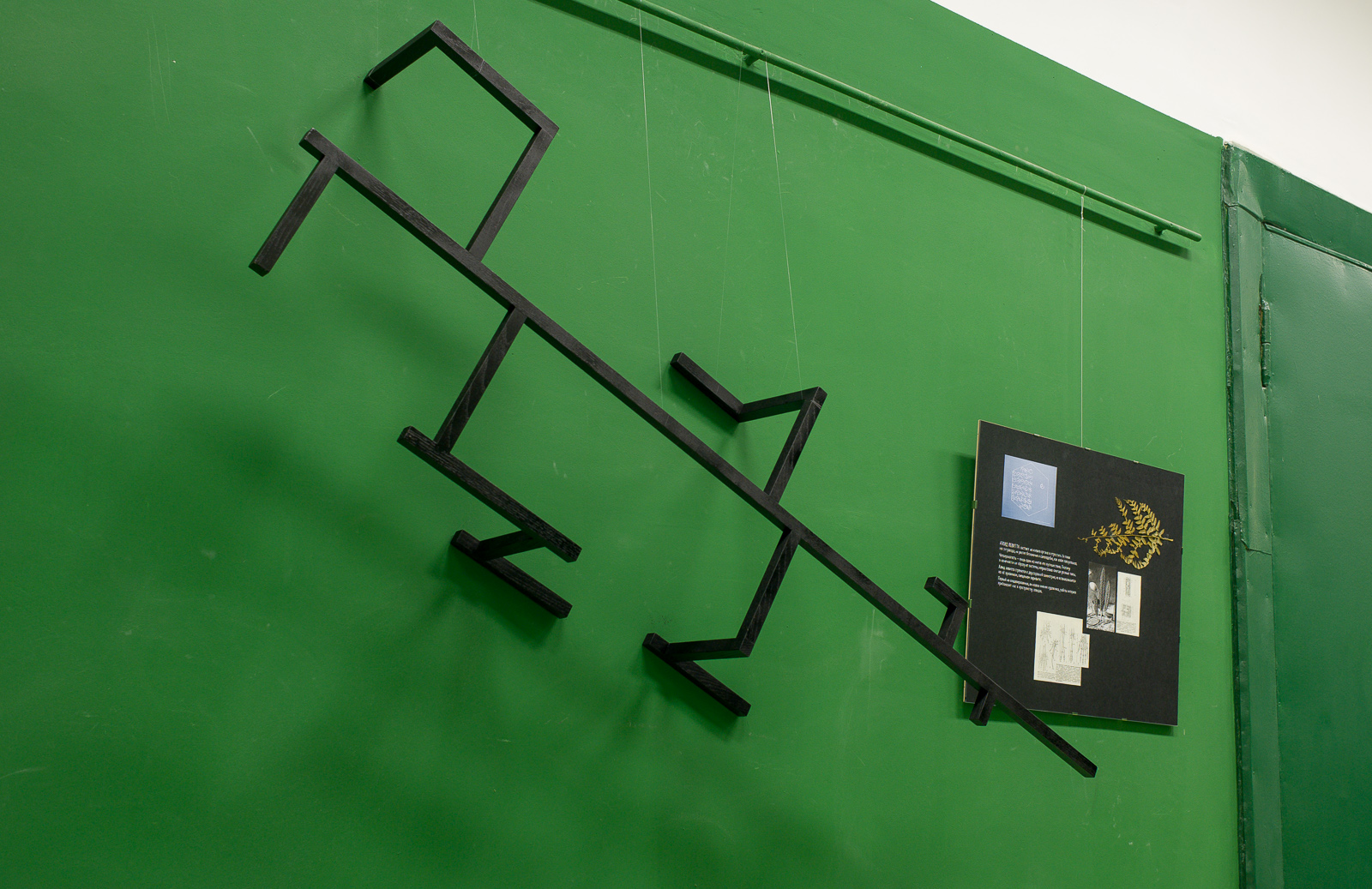A change in perspective: the new landscape of Russia’s art galleries
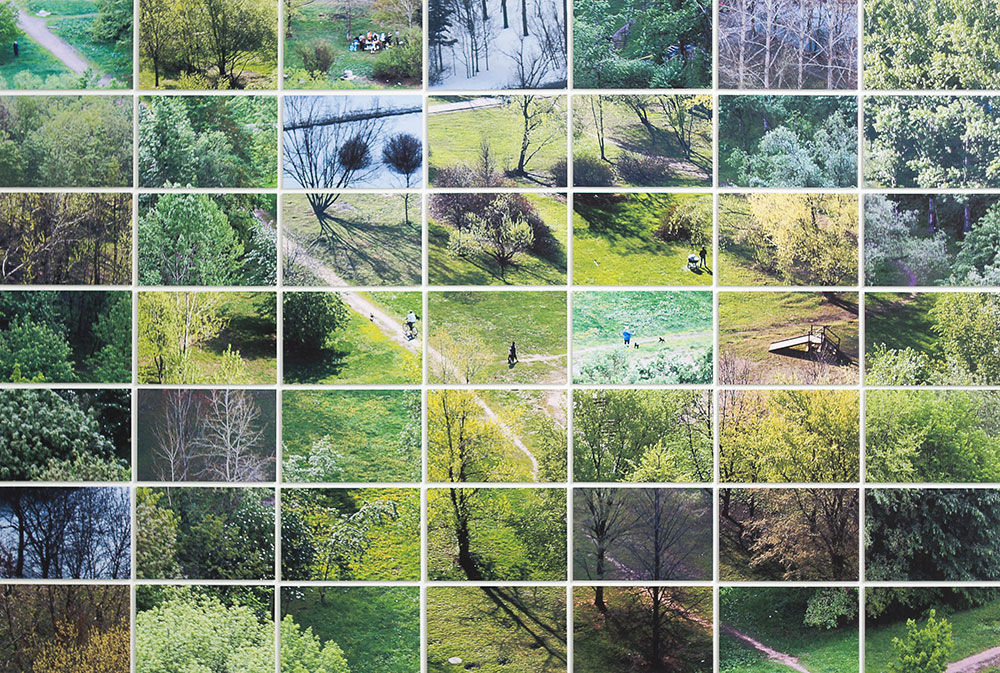
The closure of a handful of established galleries last year has opened the way for a new generation of art spaces
Everything in Moscow is on an epic scale. The roads, the metro stations, the apartment blocks and the size of the population. Even the art galleries are usually huge spaces based in former factories and abandoned warehouses. In many cases such projects are non-commercial enterprises backed by oligarchs or the state. The Garage Centre for Contemporary Culture, set up by Dasha Zhukova, billionaire Roman Abramovich’s girlfriend, is a good example. If it wasn’t for his money, it’s unlikely the project would have ever gotten off the ground.
I expect something similar of Gallery 21, a space dedicated to young Russian artists that opened in 2010. But as I enter the building I’m prompted to make a swift reassessment. The gallery is made up of just three small square rooms and rather than a converted industrial space, they are situated within an elegant 19th-century building, formally a communal flat during the Soviet era. I am here to meet its founder, Ksenia Podoynitsyna, who is attempting to redefine the concept of exhibiting contemporary Russian art.
“21 is the average age of our artists. They are both young with new ideas and energy but mature enough to have developed into quality artists”
Podoynitsyna has a degree in finance from the prestigious Plekhanov University of Economics. She also has a master’s degrees from business schools in Dresden, Paris and Berlin and used to work as an investment banker in London. So the fact that she is now running her own gallery, which she started at the age of 23, rather than working in finance is intriguing. When Podoynitsyna went to Moscow to renew her British visa after two years in London, she made the decision not to return. “I liked my time in London,” she says. “It was a great experience, very challenging. But it was not for me. I wanted to make an impact. I really believe contemporary art can help Russia.”
Instead, she poured her savings — roughly £15,000 — into opening Gallery 21. “I didn’t really want to move back to Russia. I’m still getting used to the mentality here and the people in Moscow but I felt that I had found a gap in the market,” she says. “My partner Stas (Stanislav Uyba) and I understood that there was no space focusing on promoting young Russian artists and that people were getting tired of the established ones. This was a business opportunity I could not miss.” Podoynitsyna’s enthusiasm for the work of younger artists was such that it even became the rationale for the name of her project. “The number 21 is the average age of our artists,” she explains. “An age when they are both young with new ideas and energy but mature enough to have developed into quality artists. It’s a good mix.”
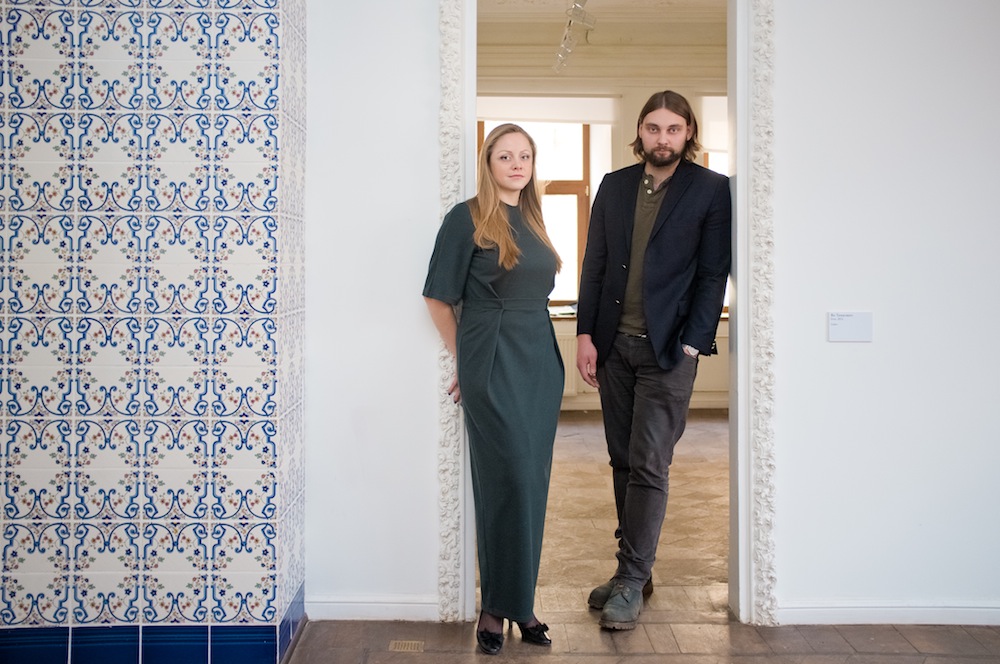
Ksenia Podoynitsyna and Stanislav Uyba, founders of Gallery 21
At the time of visiting, the gallery was showing a solo show of Voronezh-based artist Nikolai Alekseev. He works with plaster to mould unique shapes that, I’m told, “break all concepts of form”. The many white shapes created by Alekseev sit gracefully inside the gallery’s three white rooms. The tone is deliberate. “We stick to the concept of the white wall gallery system, but this building adds something special to the simplicity — the antique wooden floors, the cornices around the door. It feels unique to me,” says Podoynitsyna. Another recent exhibition, Air to Land by Michael Tolmachev, explored the rise of military drones and the location of the secret military bases they are launched from. The resulting long-range shots of bleak deserts, mountains and landing strips, offer a telling glimpse into the topography of the war on terror.
Gallery 21 is located southwest of the city centre, away from other, more established art spaces. It’s not entirely isolated. Moscow’s vast Multimedia Art Museum is just round the corner and a handful of other spaces are also nearby. But it still feels as though Podoynitsyna has made a conscious decision to stay away from the pack. Why not open somewhere like Winzavod for instance, where a collection of studios, shops and prestigious galleries rub shoulder-to-shoulder in a repurposed wine-bottling factory? “I really like Winzavod. It’s a unique concept for Russia but to get there you have to really plan,” she explains. “You have to commit a good two or three hours and the traffic is often terrible. Our space costs more to rent but the historical feel of Gallery 21 is a good atmosphere to display contemporary art in.”
As we enter the gallery’s third room, we return to the topic of business. So is the gallery profitable, I ask? “The business is sustainable. Just.” says Podoynitsyna. “It depends from month to month but I believe in six months we’ll be comfortable. Collectors are still out there, but they have their own opinions of art and make very quick judgments about the kind of conceptual art we represent. We need to build trust with them.”
“This is an opportunity for younger galleries to show the ambition and fervour that the more established galleries have lost”
I could easily define Podoynitsyna as an enthusiast who has found a good cause to promote — and who was lucky enough to have opportunity to open a gallery. Her passion for promoting young Russian artists is admirable yet it’s the business acumen behind the gallery and the fact that she’s determined to run it as a sustainable entity that’s most encouraging, especially given recent upheavals in Russia’s contemporary art world.
Last year, three of Moscow’s leading commercial art galleries announced big changes to their businesses on the back of flagging sales. Aidan Salakhova decided to change her eponymously named gallery into a studio while gallerist Marat Guelman and the owners of the art space XL said they would move to a non-commercial format. In their wake, the first signs of a new set of galleries established by younger figures like Podoynitsyna, is starting to emerge around the country, including St Petersburg’s Rizzordi Art Foundation and Ural Vision in Yekaterinburg.
Guelman, one of the Russian art world’s most respected names, is supportive of the shift. “This is an opportunity for younger galleries to show the ambition and fervour that the more established galleries have lost,” he says. “If they can find the kind of enthusiasm that we had in the Nineties, when we felt like we were ushering in a cultural revolution, and use their management skills, they could even do a better job.” Podoynitsyna’s gallery may be small and the task at hand huge, but Moscow is a city with plenty of space. Space for her to grow into.
